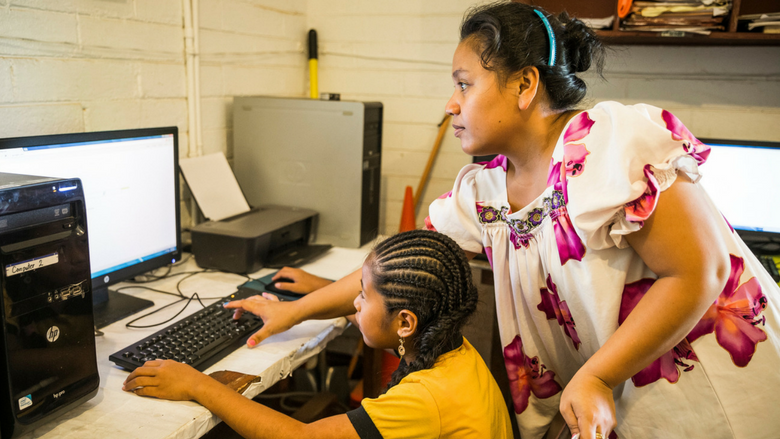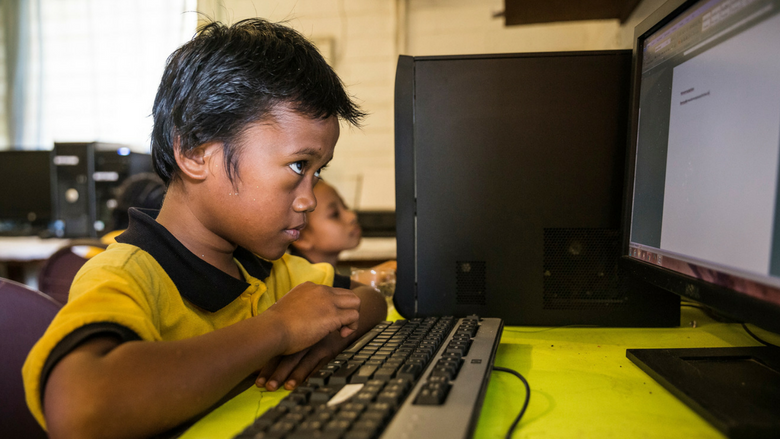Chuuk, June 8, 2018 – Internet connections across the Federated States of Micronesia are, by most international standards, incredibly slow. The island state currently relies on satellite-based connections, which are slow and unreliable, even during clear weather.
Despite this, Charity Irons, a manager at the Level 5 Hotel, one of the largest on Chuuk, remains stoically positive.
“The current internet connection here is OK,” says Charity. “A lot of clientele come in and they depend a lot on the internet, and I would really appreciate a better connection. I think it would be better for Chuuk itself, and for a lot of the other companies.”
Mathew Alvien, a waiter at the hotel, has big goals to get a Master’s Degree in Business Administration. However, the country’s dispersed island geography combined with an unreliable internet, make remote study a big challenge – even to submit assignments.
“You’ve got to get it done and submitted on time,” explains Mathew. “Yet, right now, our internet is really slow it interferes with what we’re trying to do; getting our degrees.”




